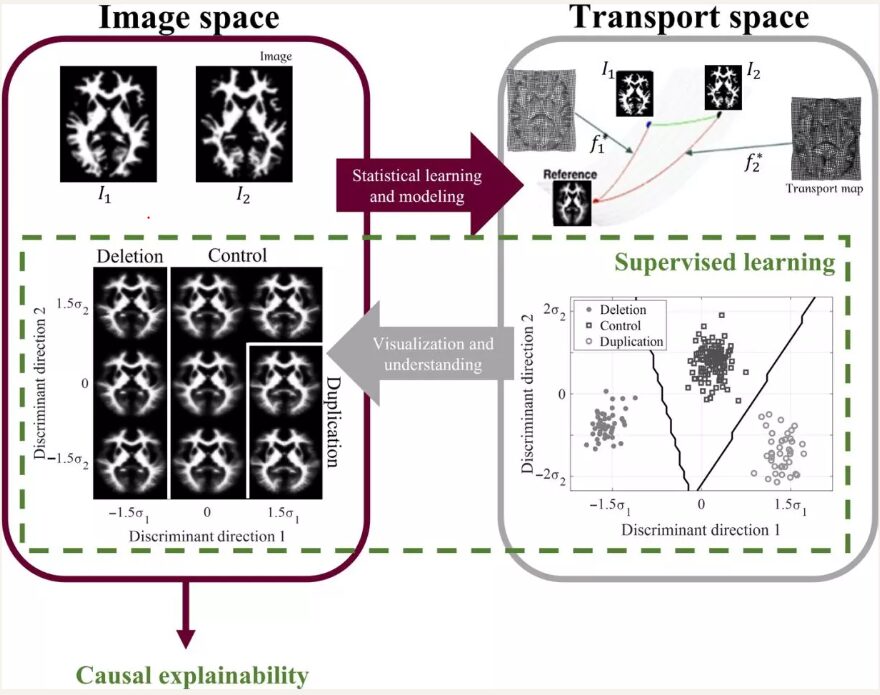
A new study has found that intelligence, in the form of general cognitive abilities such as perception, thinking and remembering, is more important than hitherto thought at predicting a person’s ability to complete common tasks with a PC. The study was published in the International Journal of Human-Computer Studies in August 2024.
“Our research findings are the first clear proof that cognitive abilities have a significant, independent and wide-ranging effect on people’s ability to use a computer. Contrary to what was previously thought, cognitive abilities are as important as previous experience of computer use,” says Aalto University’s Professor Antti Oulasvirta, who studied human-computer interaction extensively with his team.
The findings ha...
Read More









Recent Comments